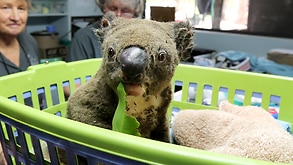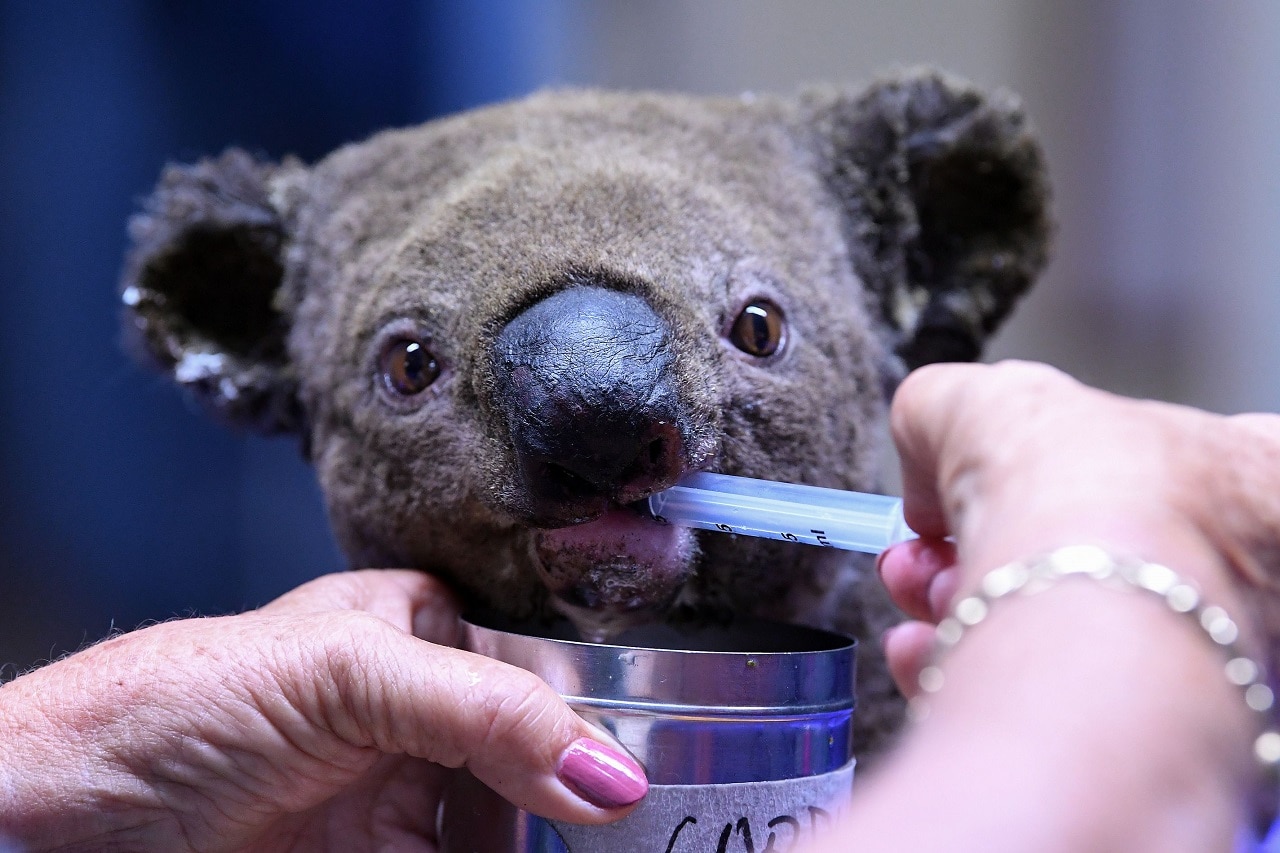The Australian Election Study (AES) has surveyed voters since 1987. With the exception of 1987 and 2007 the survey has been funded by the Australian Research Council and its predecessors.
AES surveyed a nationally representative sample of 2,179 voters after the 2019 Australian federal election to find out what shaped their choices in the election.
The respondents were composed of two groups - those who originally took part in the 2016 Australian Election Study and those who were newly surveyed for the 2019 study.
apo.og.au, Australian Election Study, 6 December 2019, Sarah Cameron, Ian McAllister, 2019 Australian federal election: results from the Australian Election Study, Description, excerpt:
Highlights:
Policy issues
- A majority of voters (66%) cast their ballots based on policy issues.
- The most important issues in the election identified by voters include management of the economy (24%), health (22%) and environmental issues (21%).
- Voters preferred the Coalition’s policies on management of the economy, taxation, and immigration.
- Voters preferred Labor’s policies on education, health, and the environment.
- Scott Morrison is the most popular political leader since Kevin Rudd in 2007, scoring 5.1 on a zero to 10 popularity scale. [Note: In 2007 AES recorded Kevin Rudd as 6.3 on a zero to 10 popularity scale**]
- Bill Shorten is the least popular leader of a major political party since 1990.
- A majority of voters (74%) disapproved of the way the Liberal Party handled the leadership change in 2018, when Scott Morrison replaced Malcolm Turnbull.
- Satisfaction with democracy is at its lowest level (59%) since the constitutional crisis of the 1970s.
- Trust in government has reached its lowest level on record, with just 25% believing people in government can be trusted.
- 56% of Australians believe that the government is run for ‘a few big interests’, while just 12% believe the government is run for ‘all the people’. [my additional notation]
The complete study can be read and downloaded here.















